Sourav Pan
Transcript
What are communicable diseases?
Communicable diseases are illnesses caused by infectious agents that can spread from person to person.
These infectious agents include bacteria, viruses, fungi, and protozoa.
These diseases can spread through various transmission methods, including direct contact, respiratory routes, and waterborne transmission.
Disease transmission involves four key components.
First, there must be a source of infection, such as infected humans, animals, or contaminated environments.
Second, there must be a mode of transmission, which is how the infectious agent travels from the source to a new host.
Third, there must be a susceptible host, someone who lacks immunity or has vulnerable health status.
Finally, there must be a conducive environment that allows the pathogen to survive and spread.
Let’s see how these components interact to cause disease spread.
It starts with a source of infection, such as a person carrying a pathogen.
The pathogen is transmitted through a specific mode of transmission.
And reaches a susceptible host who lacks immunity.
All of this occurs within an environment that supports the survival and spread of the pathogen.
When all four components are present, communicable diseases can spread through populations.
Understanding these components is crucial for developing effective prevention and control strategies.
Direct contact transmission is a common way for communicable diseases to spread from person to person.
Direct contact transmission occurs when disease-causing pathogens transfer directly from an infected person to someone who is susceptible to infection.
There are several types of direct contact transmission, including touching, kissing, sexual contact, and exposure to bodily fluids.
When physical contact occurs between an infected person and a susceptible individual, pathogens can transfer from one person to another.
Several diseases spread through direct contact. Cold sores, caused by the herpes virus, can spread through skin contact or kissing. Scabies is caused by tiny mites that transfer during prolonged skin contact. Many sexually transmitted infections require intimate contact for transmission.
Preventing direct contact transmission involves several strategies. Wash hands frequently with soap and water. Avoid contact with those who are infected. Use protective barriers during sexual contact. Cover wounds and skin lesions. And avoid sharing personal items with others.
Direct contact transmission of diseases can be effectively prevented through proper hygiene and appropriate behavioral practices.
Vector-borne and foodborne transmission represent two significant ways that infectious diseases spread.
Vector-borne diseases are transmitted by living organisms, primarily insects, that carry pathogens from one host to another.
The most common vectors include mosquitoes, ticks, and flies. Each can transmit different types of pathogens.
Vector-borne diseases are responsible for over 700,000 deaths annually. Major examples include malaria, dengue fever, Lyme disease, and Zika virus.
The vector transmission process involves three main steps.
First, a vector such as a mosquito feeds on an infected host, ingesting the pathogen.
The pathogen then multiplies or develops within the vector.
Finally, when the vector feeds on a new host, it transmits the pathogen, potentially causing infection.
Now, let’s examine foodborne transmission, where pathogens spread through contaminated food and beverages.
Three major foodborne pathogens are Salmonella, found in raw eggs and poultry; E. coli, common in undercooked beef; and Listeria, which can contaminate dairy products and deli meats.
Food contamination can occur at multiple points from farm to table.
Initial contamination often occurs at the source, where pathogens from soil, water, or animal waste can enter the food supply.
During processing and distribution, improper handling, cross-contamination, or inadequate cleaning can introduce or spread pathogens.
In food preparation areas, poor hygiene, inadequate cooking temperatures, or cross-contamination between raw and ready-to-eat foods can allow pathogens to survive and multiply.
Finally, when contaminated food is consumed, it can cause foodborne illness, with symptoms ranging from mild discomfort to severe, life-threatening conditions.
Both vector-borne and foodborne transmission routes present significant public health challenges and require specific prevention strategies, which we’ll explore in the next section.
Proper hand hygiene is one of the most effective ways to prevent disease transmission.
Follow these six key steps for effective handwashing: First, wet your hands with clean water. Then apply soap and create a good lather. Scrub all surfaces for at least twenty seconds. Make sure to clean between your fingers and under your nails. Rinse thoroughly with clean water. Finally, dry with a clean towel.
Studies show that proper handwashing can reduce respiratory illnesses by sixteen to twenty-one percent.
Respiratory etiquette prevents the spread of droplets when coughing or sneezing.
Always cover your mouth and nose with your elbow when coughing or sneezing. Using tissues to catch respiratory droplets is also effective. If you’re sick, wearing a mask protects others around you.
Research indicates proper respiratory etiquette can reduce droplet spread by up to eighty percent.
Vaccination is one of the most effective preventive health measures ever developed.
Vaccines provide individual immunity against specific diseases. They also create herd immunity which protects vulnerable community members. Vaccines prevent severe disease complications and reduce healthcare burdens. Ultimately, they help eradicate diseases globally.
According to the World Health Organization, childhood vaccines prevent two to three million deaths annually.
Avoiding close contact with sick individuals reduces your risk of contracting communicable diseases.
Maintain distance from people showing symptoms of illness. If you’re sick, stay home to protect others. During disease outbreaks, avoid crowded places. When necessary, practice social distancing of one to two meters.
During the 2009 H1N1 pandemic, social distancing measures reduced influenza transmission rates by twenty-three percent.
Safe food preparation practices prevent foodborne illnesses.
Always wash your hands before handling food. Clean all food preparation surfaces and utensils thoroughly. Keep raw and cooked foods separate to prevent cross-contamination. Cook foods to proper temperatures to kill pathogens. Refrigerate perishable foods promptly.
According to the Centers for Disease Control, following proper food safety practices could prevent up to forty percent of foodborne illnesses.
Let’s look at the overall effectiveness of these personal prevention strategies.
When consistently applied, these simple prevention measures work together to significantly reduce disease transmission. Studies show they can lower overall transmission risk by fifty to seventy percent.
By incorporating these strategies into your daily routine, you can protect yourself and help prevent the spread of communicable diseases.
Community-level prevention strategies are crucial for controlling the spread of communicable diseases across populations.
Key community prevention strategies include proper shelter and site planning, clean water supply systems, adequate sanitation facilities, vector control programs, and environmental management.
Proper shelter and site planning prevents disease transmission by reducing overcrowding, ensuring adequate ventilation, and separating waste disposal areas from living spaces and water sources.
Clean water supply systems are essential for preventing waterborne diseases. Effective systems include water source protection, treatment facilities that kill pathogens, and distribution networks that prevent recontamination.
Adequate sanitation facilities break the fecal-oral disease transmission cycle. Proper systems include toilets connected to treatment facilities that safely process waste before disposal, preventing environmental contamination.
Vector control programs reduce disease transmission by controlling populations of mosquitoes, flies, and other disease-carrying insects. Effective programs combine insecticide spraying, habitat modification through drainage, and personal protection methods like bed nets.
Environmental management addresses disease risk factors in the community environment. This includes proper waste management, eliminating standing water where vectors breed, and creating cleaner living spaces to improve overall public health.
Community interventions have proven highly effective. In rural communities, combined water and sanitation improvements reduced diarrheal diseases by up to eighty-five percent. In urban settings, comprehensive vector control programs decreased dengue fever cases by seventy-five percent.
Community education and participation are essential for successful disease prevention. When communities are actively involved in identifying needs, designing interventions, and implementing solutions, programs become more effective and sustainable.
For maximum impact, community-level prevention requires an integrated approach. When shelter planning, water systems, sanitation facilities, vector control, and environmental management work together, they create resilient, healthy communities with dramatically lower disease rates.
As we look to the future, several major challenges threaten our progress in controlling communicable diseases.
Antimicrobial resistance occurs when bacteria, viruses, and other pathogens evolve to resist treatments. This threatens our ability to treat common infections.
Climate change alters the patterns of disease transmission. As temperatures rise, disease-carrying vectors like mosquitoes and ticks expand into new regions.
Over the past two decades, we’ve witnessed the emergence and spread of several new infectious diseases. These outbreaks remind us of the constant threat posed by emerging pathogens.
Human activities significantly contribute to disease emergence. Deforestation brings humans into contact with new pathogens. Global travel allows diseases to spread rapidly. And urbanization creates dense populations where diseases can easily transmit.
Despite these challenges, there is hope. Continuing research and innovation help us develop new tools to fight disease. Global surveillance systems provide early warnings of outbreaks. And coordinated action between countries strengthens our collective response.
By addressing these challenges together, we can build more resilient health systems capable of detecting, preventing, and responding to future disease threats.
Study Materials
No study materials available for this video.
Helpful: 0%
Related Videos
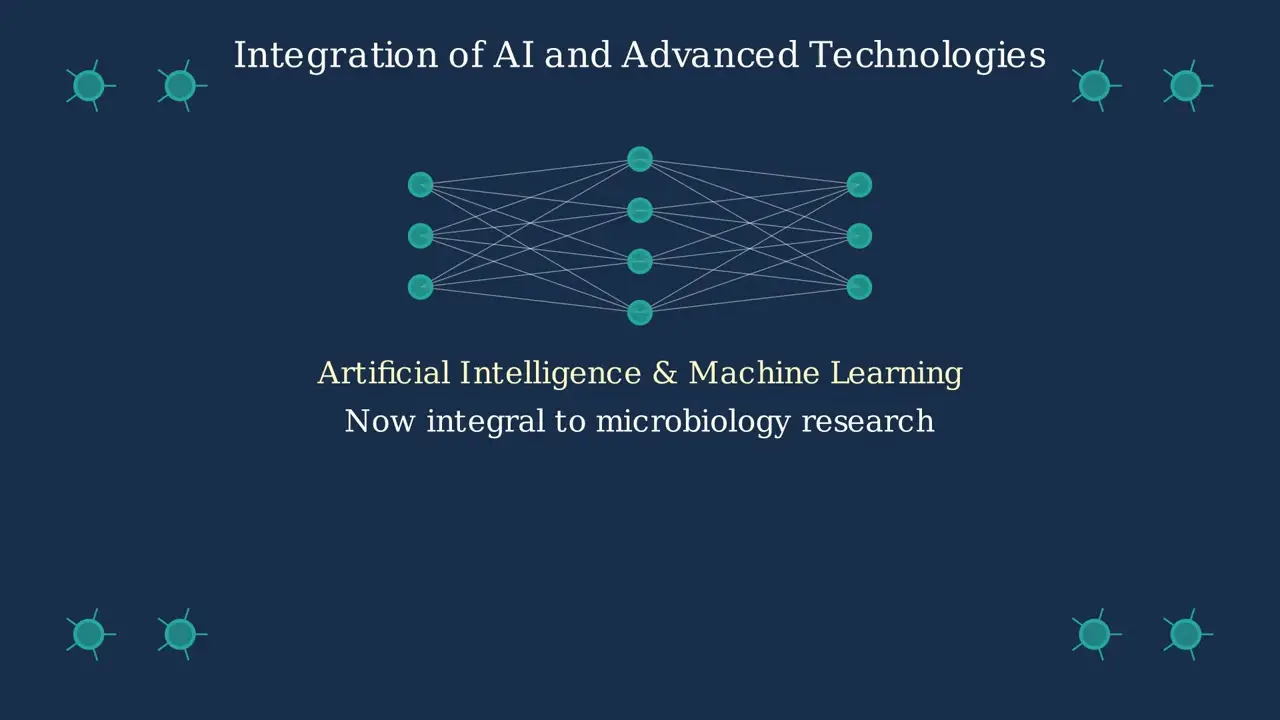

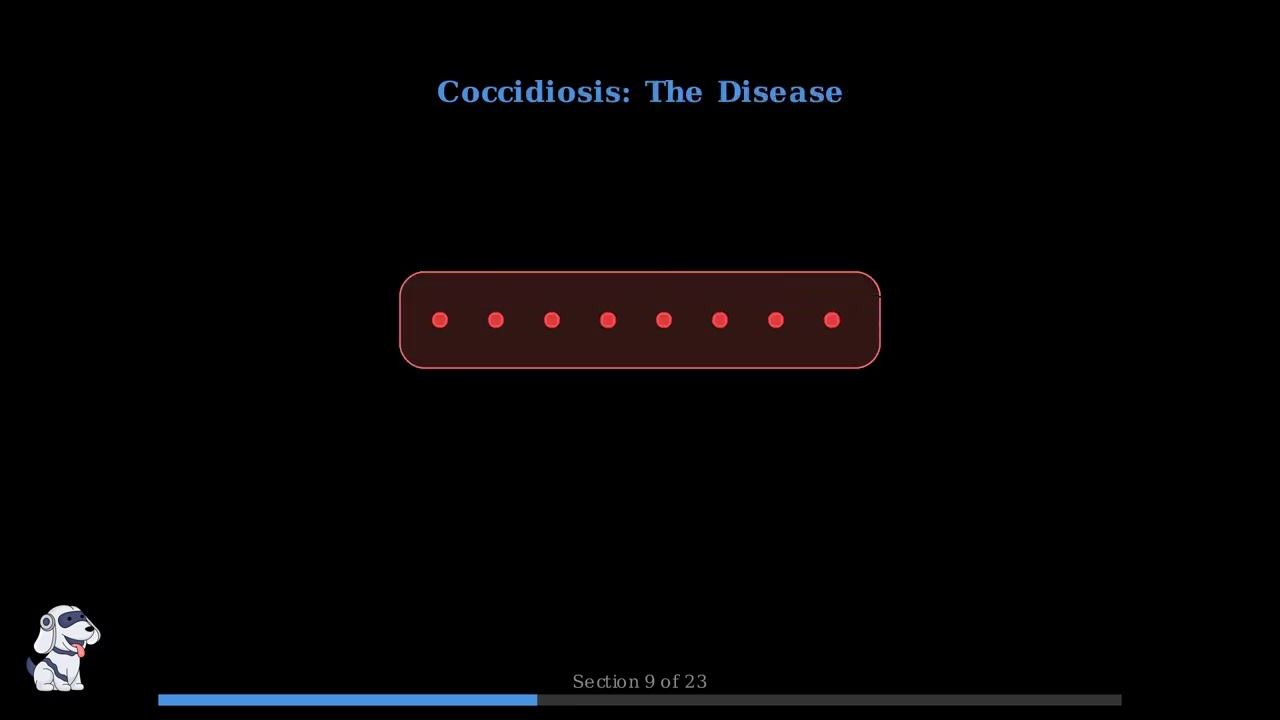


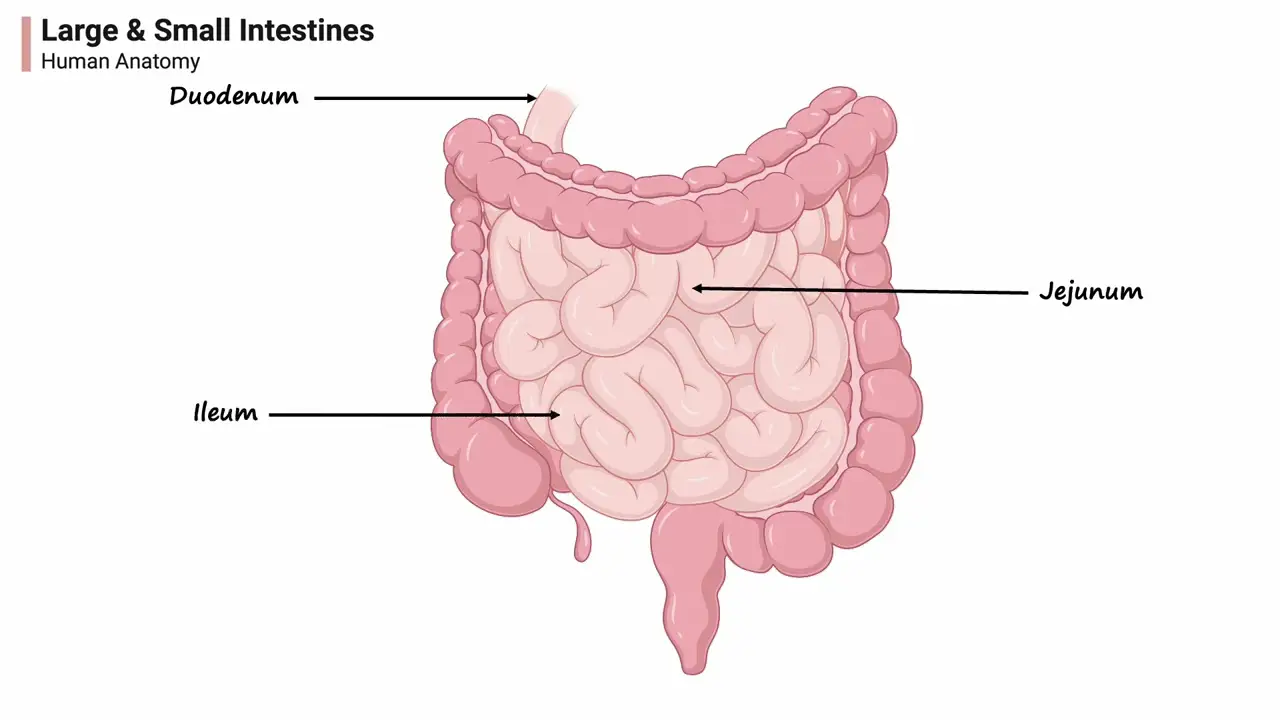

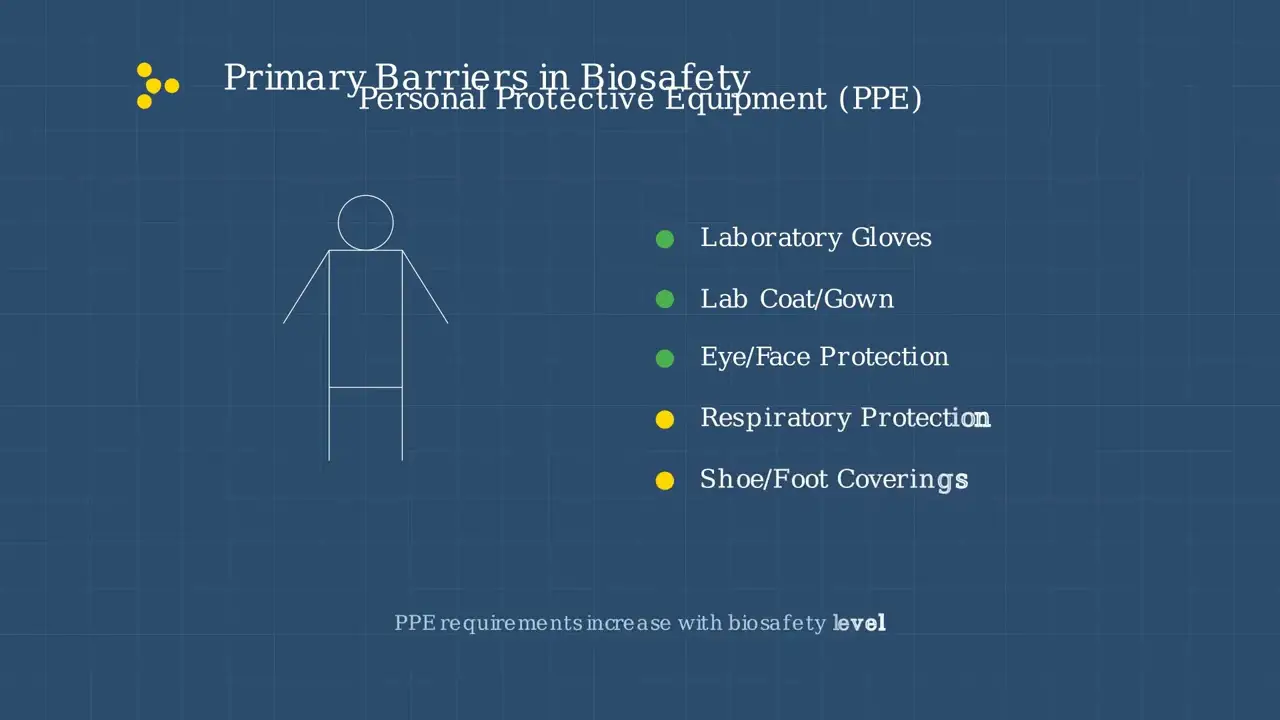
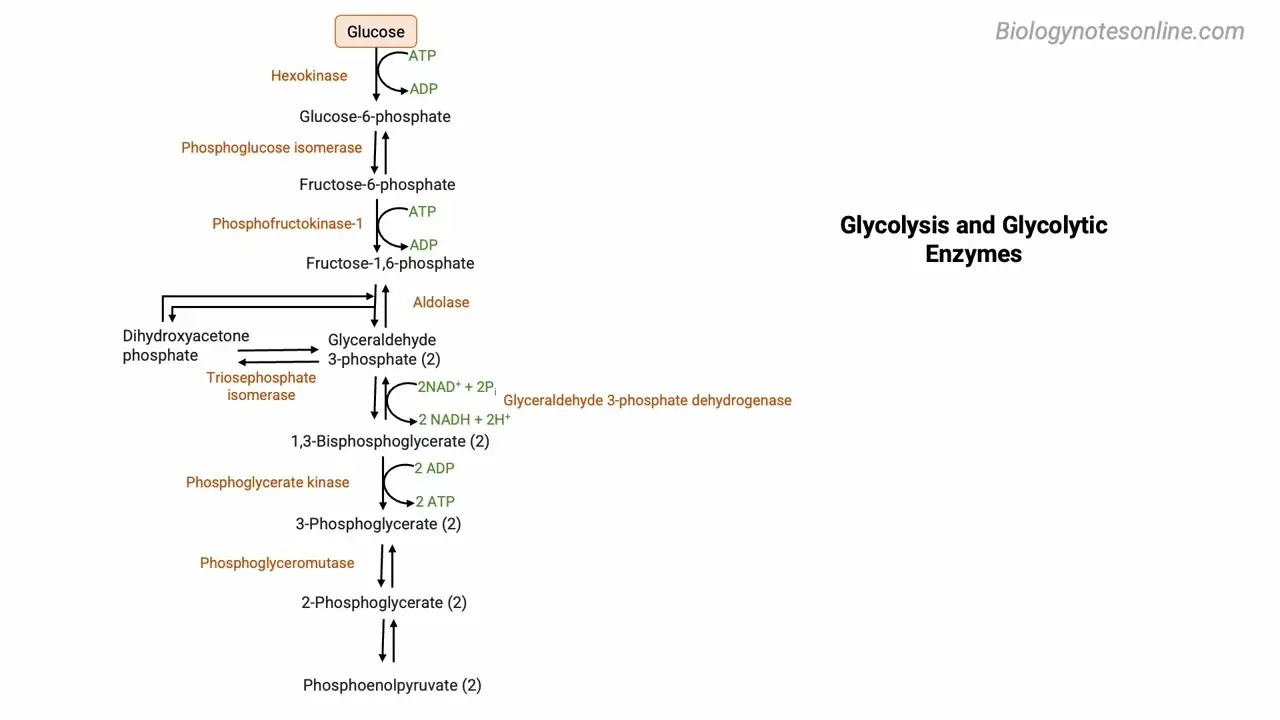
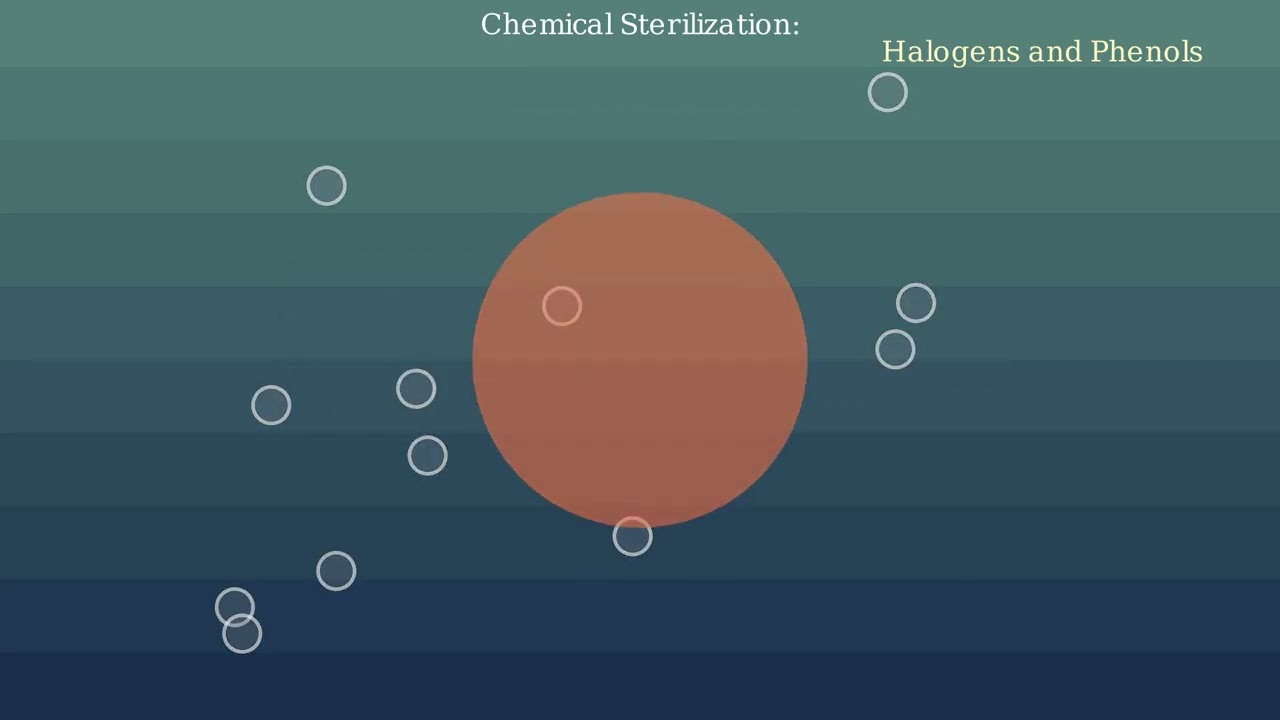
- Text Highlighting: Select any text in the post content to highlight it
- Text Annotation: Select text and add comments with annotations
- Comment Management: Edit or delete your own comments
- Highlight Management: Remove your own highlights
How to use: Simply select any text in the post content above, and you'll see annotation options. Login here or create an account to get started.